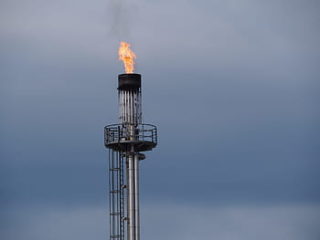-
Gas flaring reached record high in 2019
Date posted:
-
-
-
Post Author
Patrick LaveryCombustion Industry News Editor
-
-
![]()
Gas flaring across the world reached a record high last year, according to the World Bank’s Global Gas Flaring Reduction Partnership, which uses data from satellite imagery. Around 400 million tonnes of CO2-equivalent gases were released to the atmosphere from the flaring of the unwanted natural gas, which is about 1.2% of total greenhouse gas emissions from the energy sector. This was from the flaring of 150 billion cubic metres of gas, a 3.4% rise from 2018, equivalent, as the Financial Times points out, to the entire annual consumption of sub-Saharan Africa. The high level of flaring is attributed to two main factors – a high level of oil production in 2019, and a relatively low gas price, making the collection of the gas unappetising from a financial point of view. In addition, though, are some smaller but still important factors – flaring contributes to safety, and large, steady volumes of natural gas are usually needed to make collection of it operationally achievable. Russia was responsible for the most flaring, followed by Iraq, the USA, and Iran. The World Bank is hoping to bring an end to routine flaring globally by 2030, and it appears oil producers across the world will need to act quickly to meet that target.

